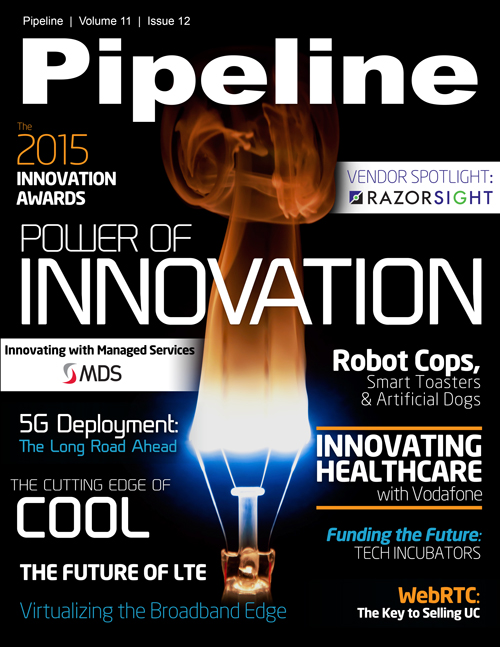Innovating Healthcare with Vodafone
Standards and Privacy
Over the coming two to three years, we anticipate new levels of innovation across the healthcare market and new standards, technologies and techniques will emerge that will enable machines, customers and businesses to communicate simply and effectively in a highly-connected world. We see 4G making new kinds of applications practical and cost-effective, including video-based security, in-vehicle information services, assisted living and mHealth solutions, and much more.
And while there haven’t been many high-profile security breaches exploiting M2M applications, it’s inevitable that they will become more of a target as the number of deployments and their integration with back-end systems grows. We don’t believe this will slow M2M adoption; instead it will accelerate the maturity of integrated M2M security solutions. The fact is there is already a huge amount of work going on in the areas of security standards and best practices, and security will evolve to more standardized and productized hosted services. Security will be built-in and will become stronger, easier to manage and more cost-effective, which is exactly the path all new technologies follow as they mature.
Healthcare and pharmaceuticals is just one of numerous industries and sectors benefiting from the evolution of M2M and the wave of innovation the Internet of Things is making possible. From our home thermostats to sensors that tell operators when a clutch or motor is too hot or a rail car reporting that the humidity in a load of chemicals is too high, we are well on our way to a new era of enlightenment that brings with it a bounty of actionable intelligence.



















